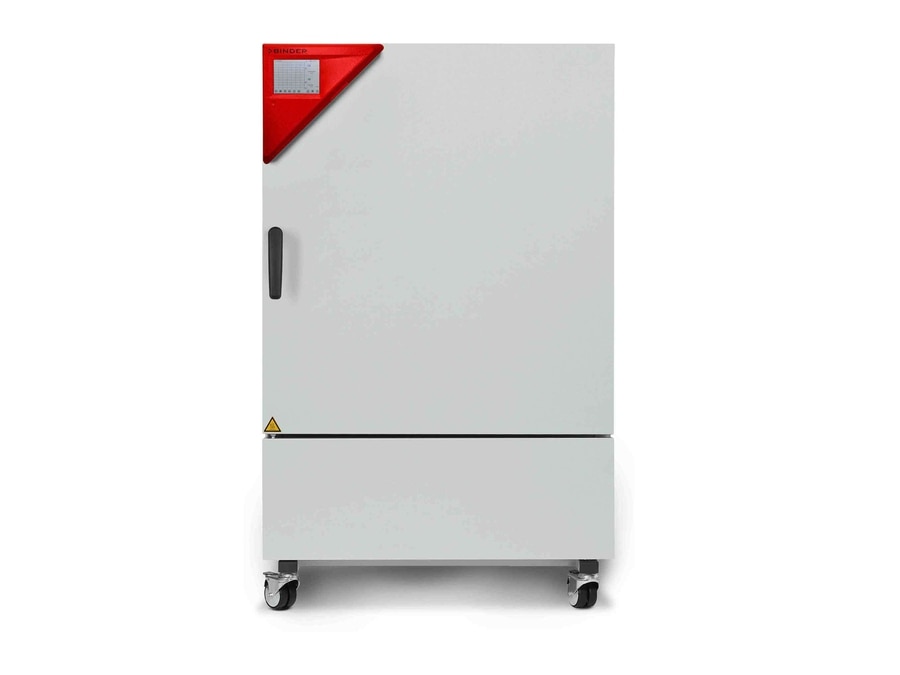
#Product Trends
Photostability tests in the field of drug research
To ensure high safety standards for new active ingredients and drugs, pharmaceutical companies carry out extensive photostability testing.
Before new active ingredients and drugs reach the market, they undergo extensive testing in order to ensure compliance with the strict safety standards that govern the field of drug research. Stability tests for pharmaceuticals in line with ICH (International Conference on Harmonisation) guidelines are an important component of the approval and registration of a product, as no product can be approved without a successful stability study. The aim of the studies is to determine the shelf life of the pharmaceuticals under certain storage conditions.
Photostability tests in GMP-regulated areas (Good Manufacturing Practice) are used to test the light resistance of new active ingredients and drugs and to demonstrate that the active ingredients and drugs do not change unduly when exposed to light. Constant light and temperature conditions are of utmost importance if the testing is to be carried out efficiently. “Temperatures must remain constant during the tests and the light dosage should not exceed the quantity specified by the ICH,“ says biologist Dr. Jens Thielmann, who is responsible for Growth and Preservation at BINDER. Many companies and research institutes use constant climate chambers from BINDER's KBF LQC series to carry out the various test series. “The units offer excellent temperature accuracy as well as a unique light concept,” says Thielmann. BINDER's patented light quantum control (LQC) supports precision light photometry through independent light-dose control of UV-A and visible light with 3D spherical sensors which can be placed where required. With its variable positionable illumination cassettes, the constant climate chamber features homogeneous light distribution over the entire usable area. Once the desired light intensity is achieved, the unit switches off automatically. This means that temperatures from 0°C to 70°C can be reached without humidity. In climate mode (with humidity), temperatures range from 10°C to 70°C; the relative humidity can be adjusted from 10% RH to 80% RH.





